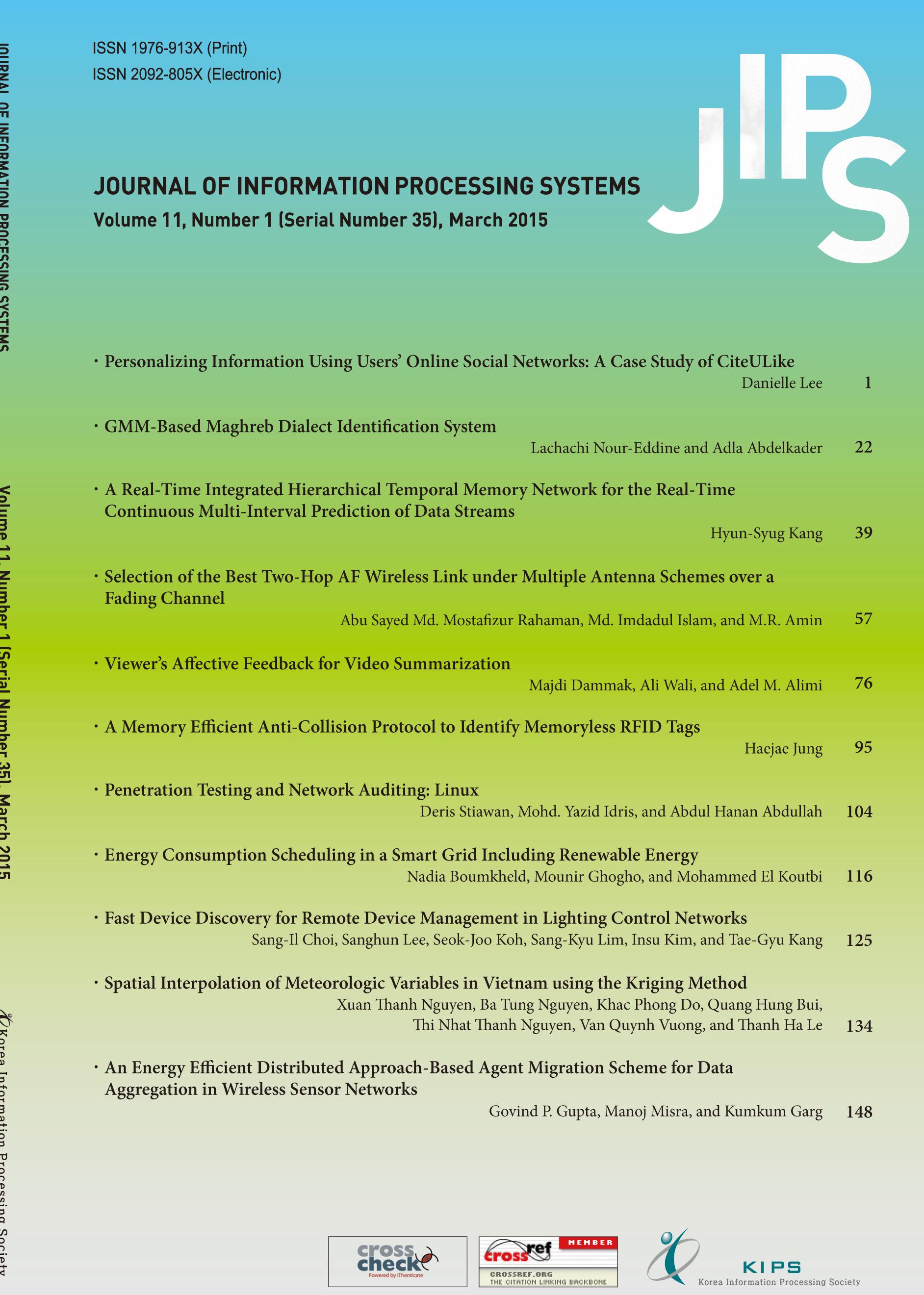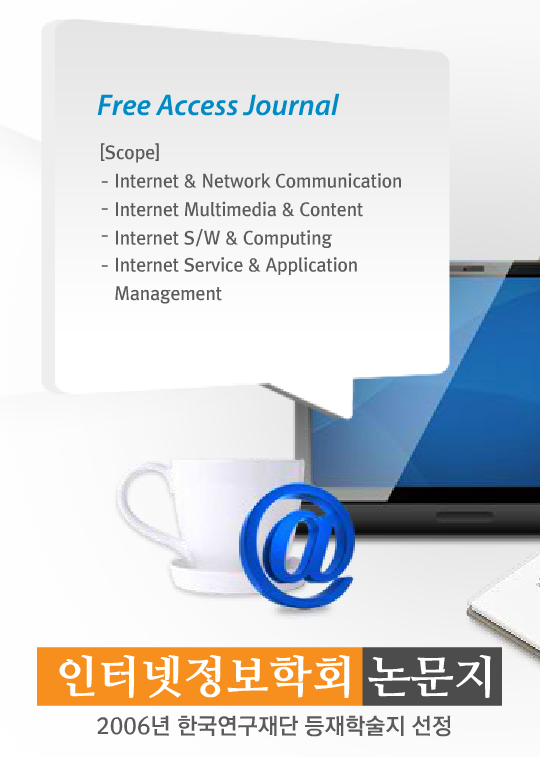Connected Objects in Defence and Security
DEFTECH 2017
- URL: https://deftech.ch/Connected-Objects-in-Defence-and-Security/
- Event Date: 2017-09-06 ~ 2017-09-06
- Submission Date: 2017-06-01
- Location: Thun, Switzerland
Computer Security & Cryptography Security & Trust & Testing
What are the opportunities and new use cases that might be of interest for the defence and security worlds? With the possibility of measuring and analysing in real time different simultaneous sources, from wearable devices to vehicles and smart environments, what will be the challenges and opportunities of tomorrow? The different uses of these connected objects also rise the importance of different questions such as: Is the identity of the object validated? Is the data transferred original? Is the communication secure? How and where is the data stored, processed, merged? How is the information presented to make it understandable?
In a network-centric environment, every connected object will become a contributing actor to the success of the mission.
This workshop will present the latest developments and trends about what and how this can be achieved.
Scope
This workshop aims at bringing researchers, system developers and users together to discuss open challenges, trends and solutions in the use of connected objects. The workshop is soliciting presentations on any application areas relevant to the security and defence ecosystems.
The topics of interest of this workshop are related (but not limited) to:
- Internet-of-Things and Cyber-physical System applications related to defense and security
- Deployment experiences in the real world
- New platforms and hardware designs for wearable devices, smart environments or connected vehicles
- Systems software, operating systems and middleware
- Protocols for connected devices and their connection to the Internet
- Sensing, actuation, and control systems
- Wireless networking from physical to application layer
- Key system services such as time, location estimation and tracking
- Data management, including quality, integrity, and trustworthiness
- Learning, adaptation, and autonomy in connected systems
- Fault-tolerance and reliability
- Cloud and back-end architectures for data integration
- Data analytics
- Cyber security and privacy














